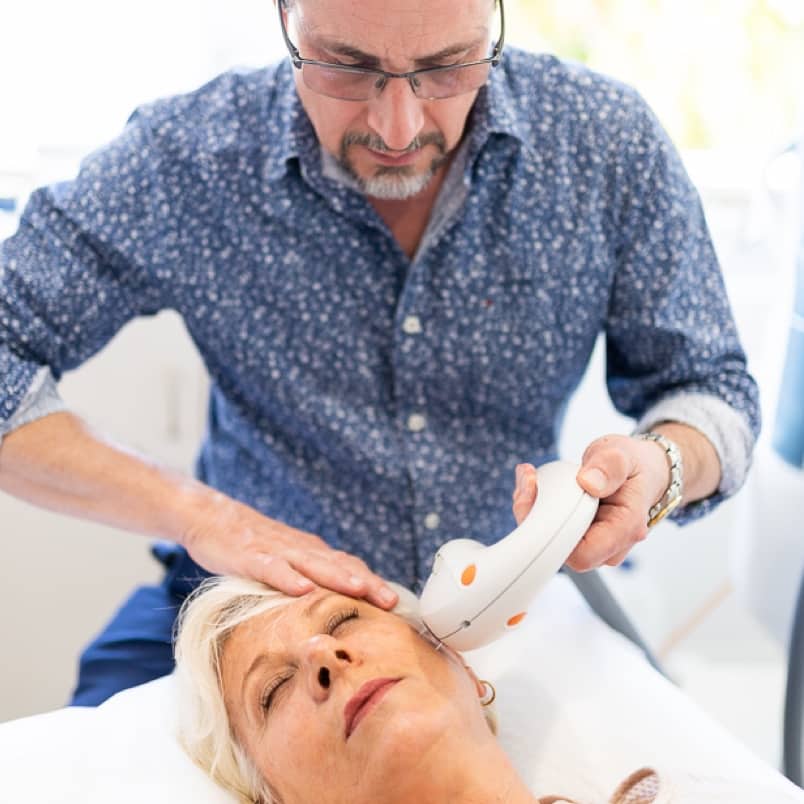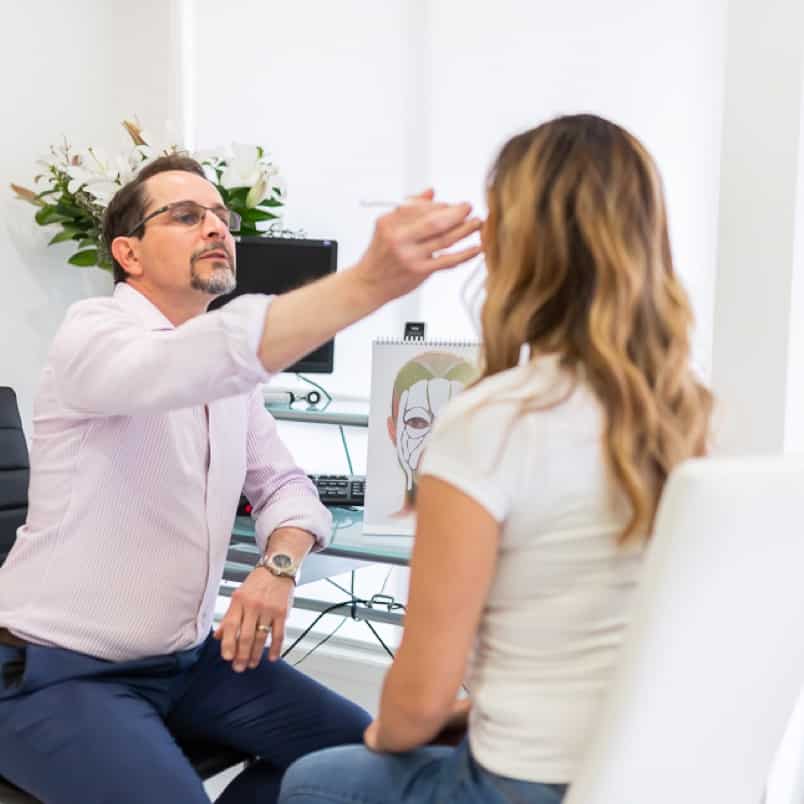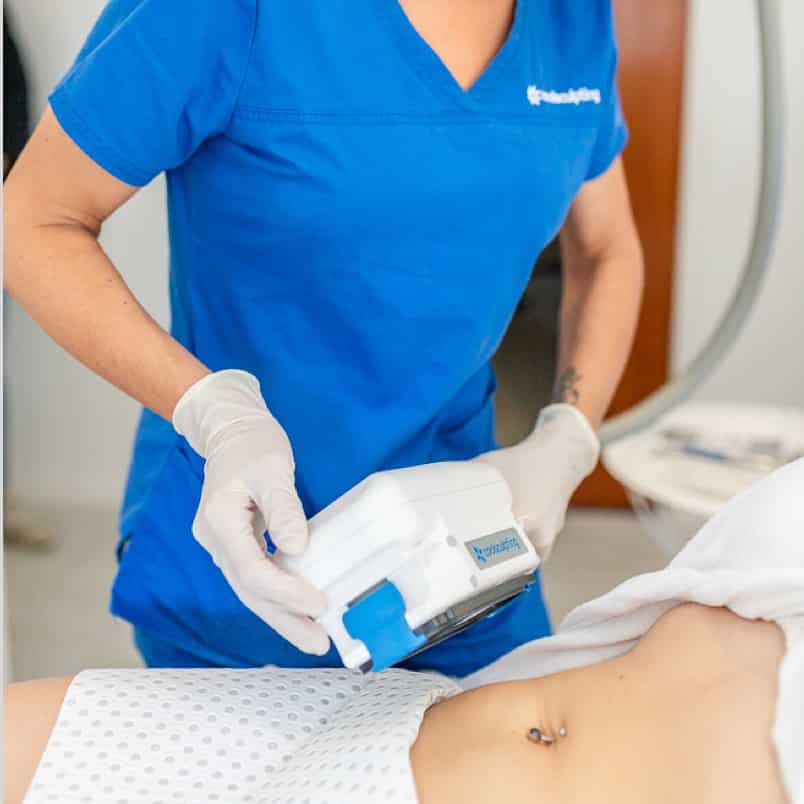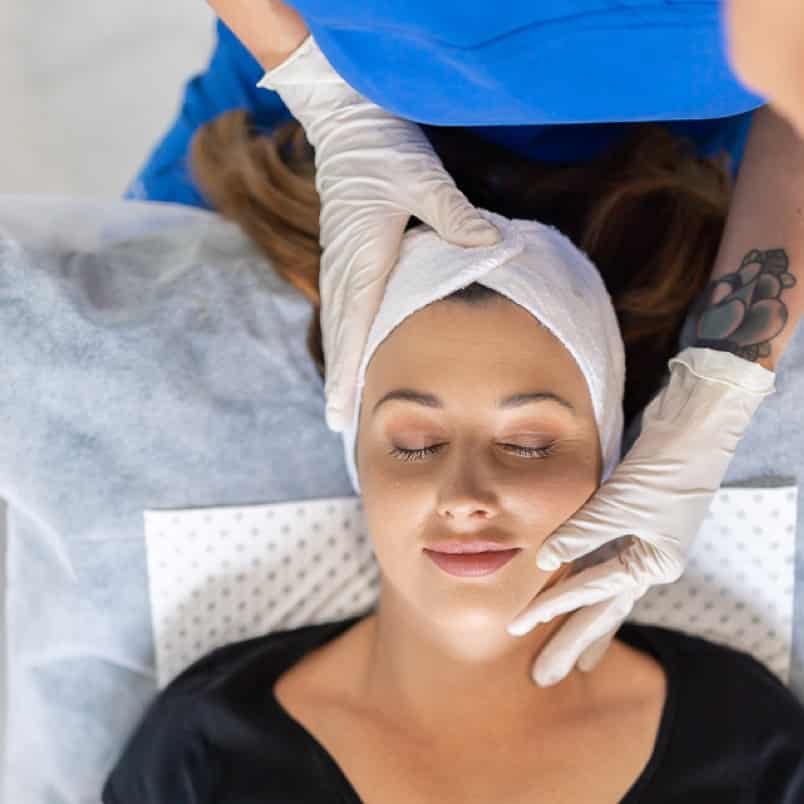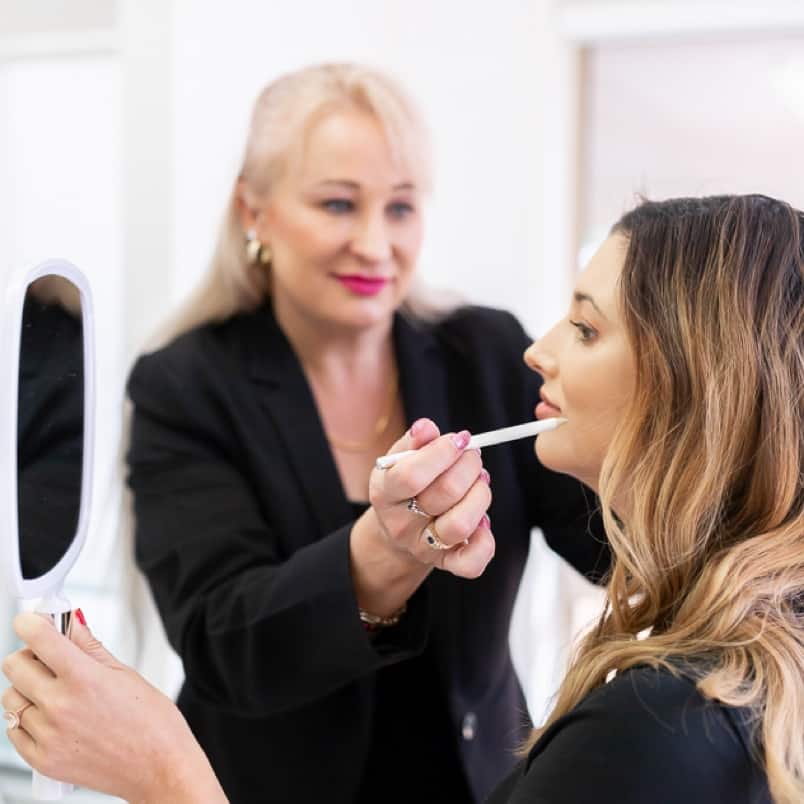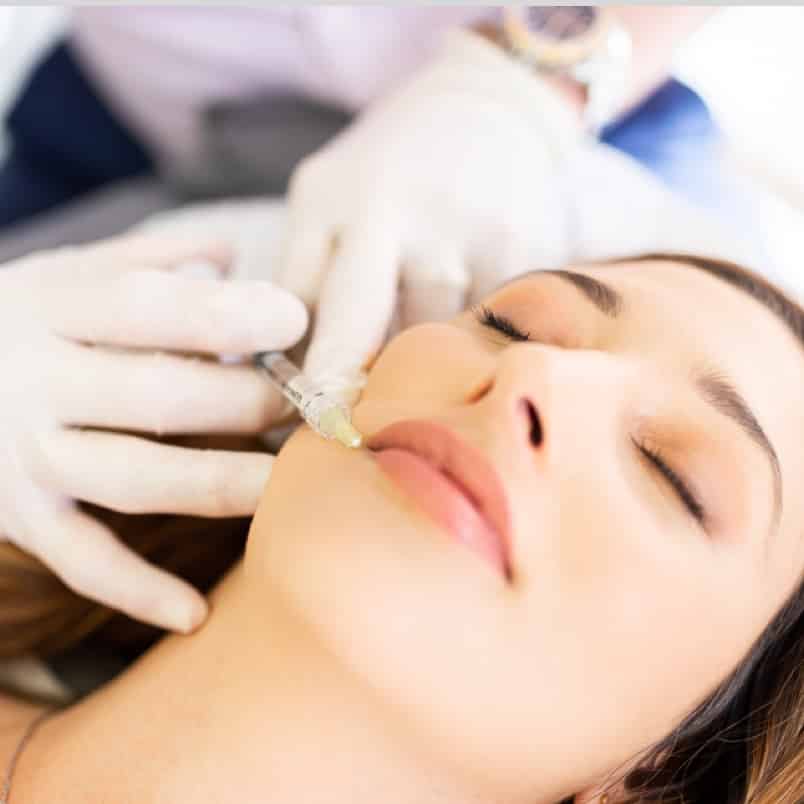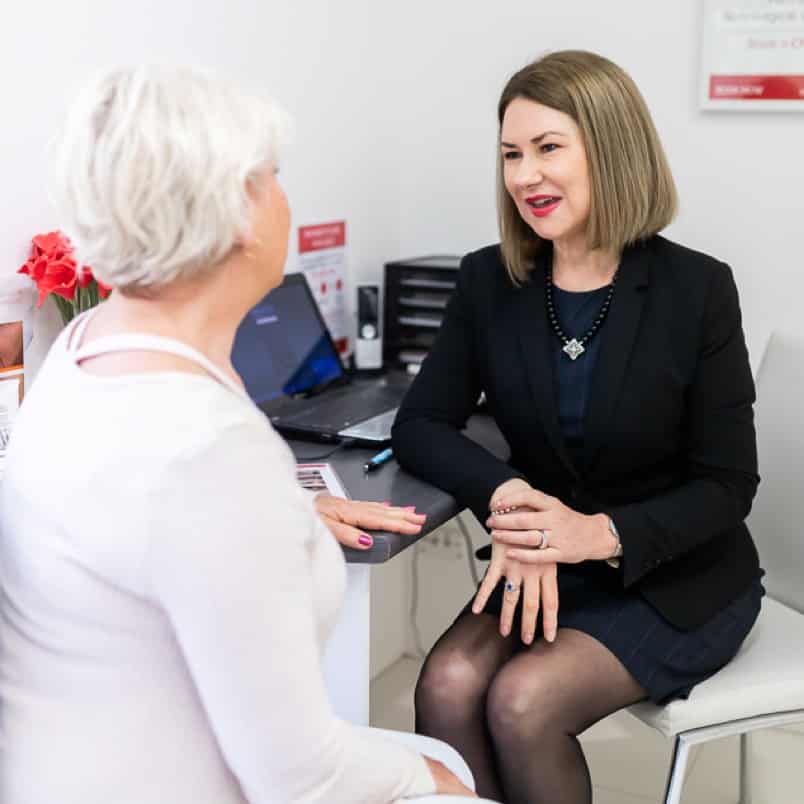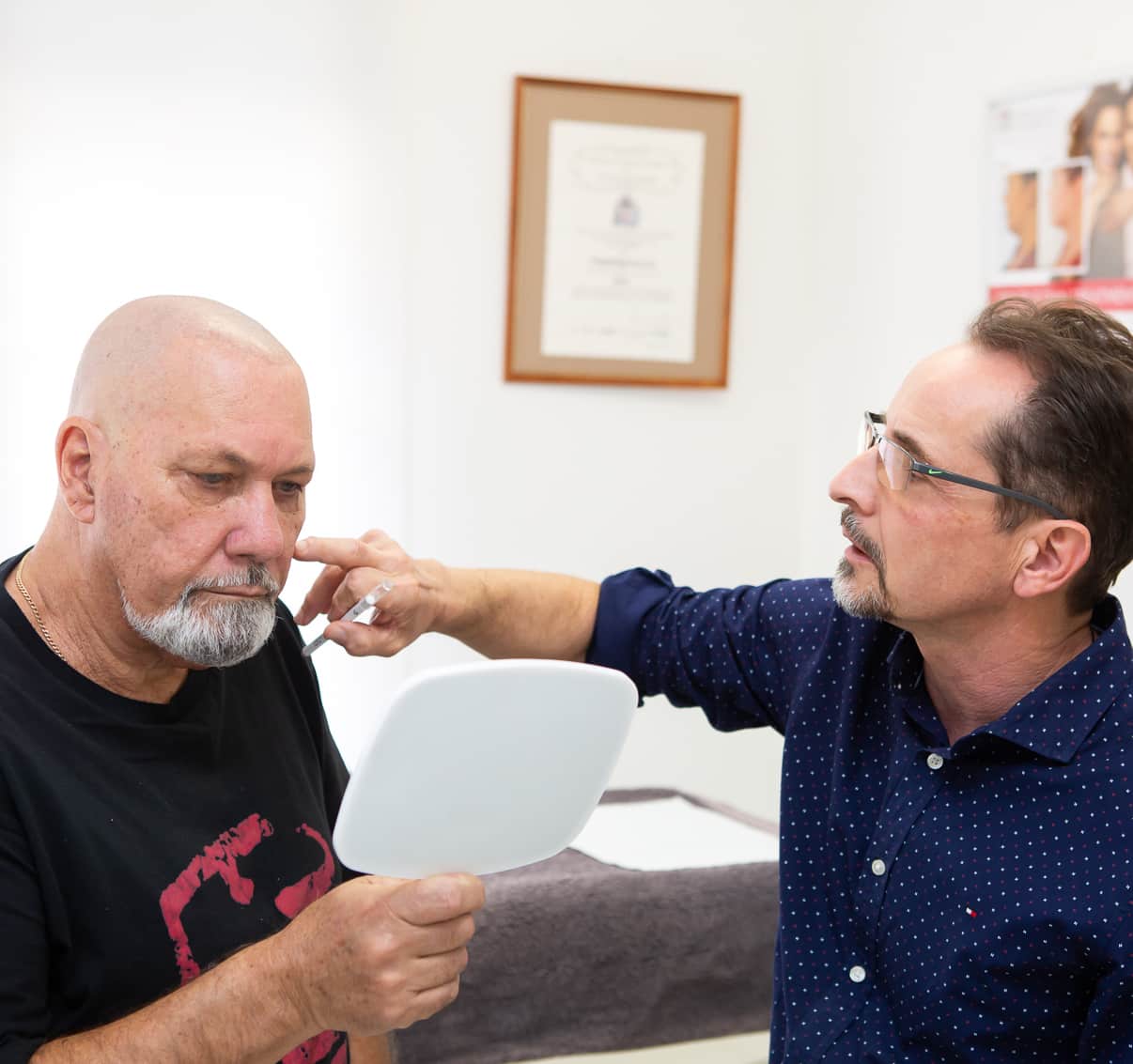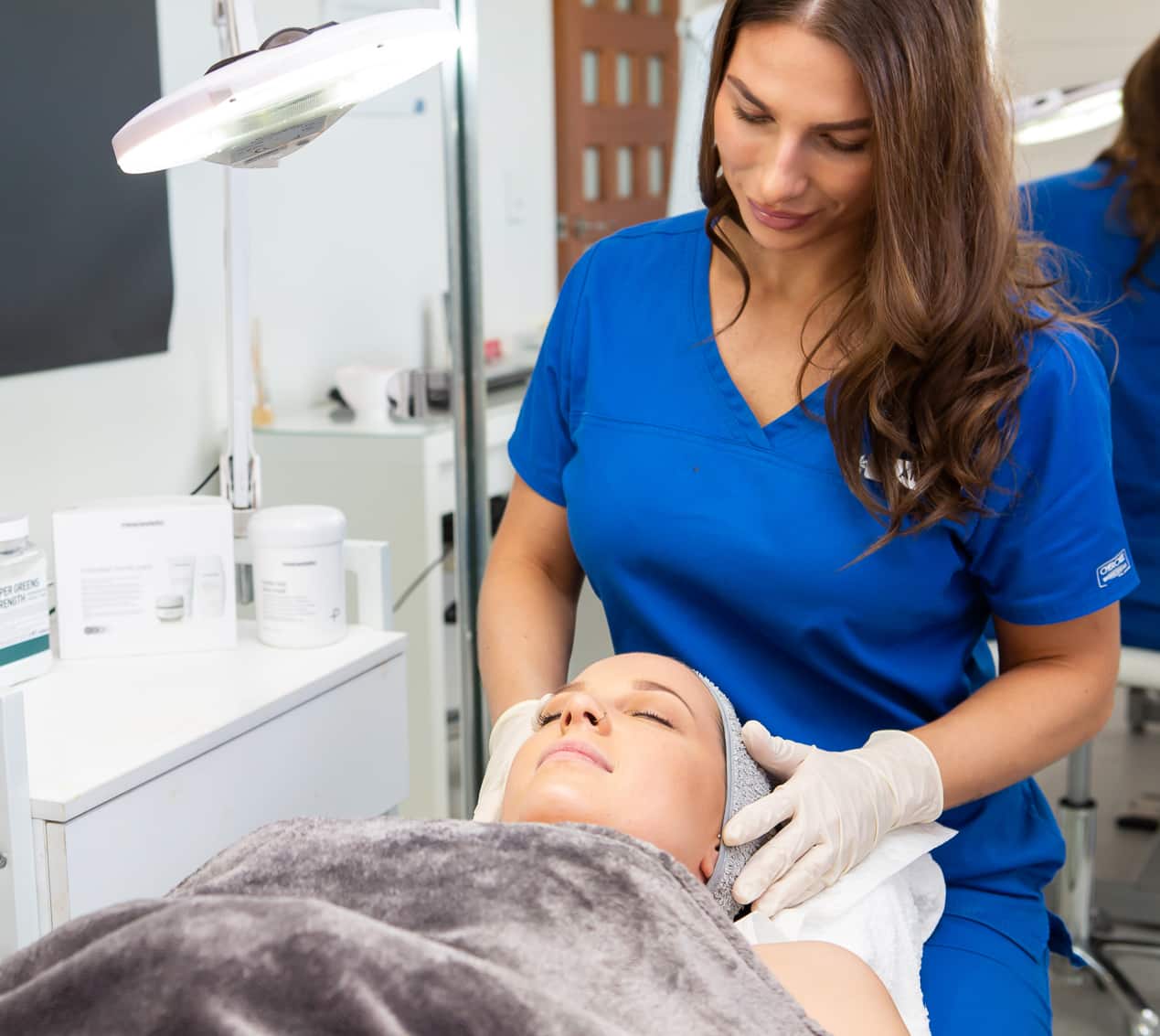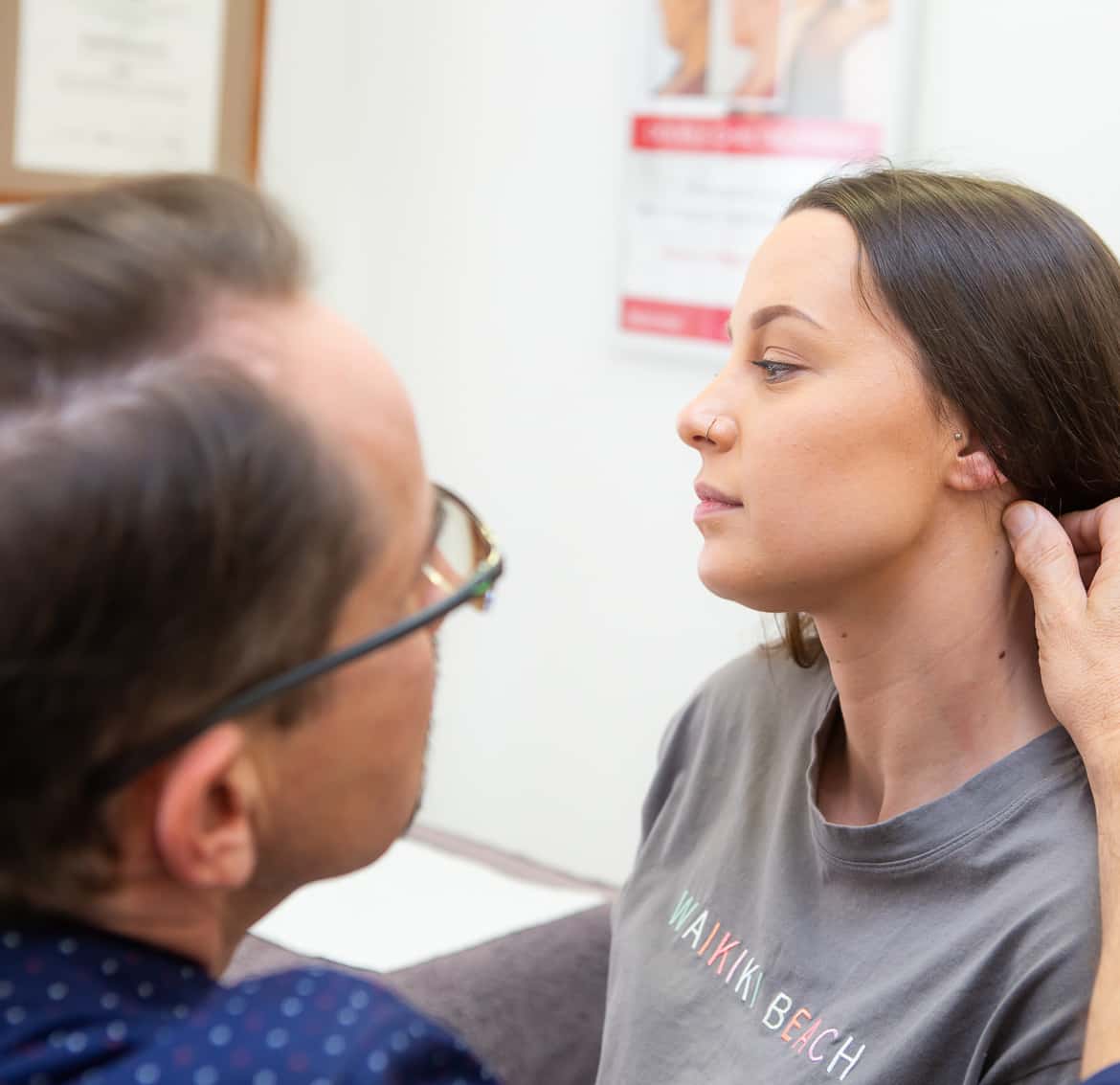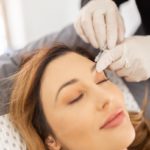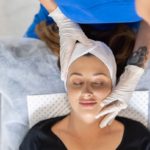There are two main techniques for placing dermal fillers – needles and cannulas.
In this issue I want to try to talk about the differences between them and their relative pros and cons, and also explain why we may be using one method over another.
WHAT IS A NEEDLE AND WHAT IS A CANNULA
A needle has a sharp bevelled point, and the filler flows out of this point at the end of the needle.
Needles used for dermal fillers are generally very fine – much much smaller than needles used for immunisations or blood tests.
Cannulas used for dermal fillers on the other hand have a rounded, blunt tip, and the dermal filler flows out of a small side opening a couple of millimetres or so back from the tip.
Cannulas used for dermal fillers tend to have a slightly larger diameter than needles, but are still small diameter.
WHAT ARE THE ADVANTAGES OF A CANNULA FOR DERMAL FILLERS
Generally cannulas are more comfortable. There is little or none of the sharp discomfort that can be felt from a needle, and more of a pushing, tugging, popping sensation.
I generally find that, even when treating several areas, patients can easily tolerate cannula treatment without any anaesthetic and with very little discomfort. Personally, having been on the receiving end of both methods, I would much rather have treatment with a cannula myself.
Bruises occur when a blood vessel is penetrated by a needle.
Our faces have a rich supply of blood vessels, so bruising is always possible with dermal filler treatments.
Because cannulas have a rounded tip they are more likely to push around a vessel rather than penetrate through it, so bruising is less likely with a cannula.
For the same reason an intra-vascular injection is much less likely with a cannula. Intra-vascular injections are very rare and occur when filler is inadvertently injected into a blood vessel.
This can cause ischaemia – a lack of blood flow to the skin. Although potentially very harmful, such side effects are extremely rare and are usually easily treatable, but it does mean that cannulas are generally safer than needles.
WHAT ARE THE DISADVANTAGES OF A CANNULA FOR DERMAL FILLERS
Because a cannula has a rounded tip it can’t penetrate through the skin.
It has to be introduced through a small hole made with a needle.
Generally a tiny bleb of local anaesthetic is used to make this quite painless.
Cannulas are not quite as accurate as a needle. Dermal fillers can be placed with minute accuracy with a needle, whereas it can be a little difficult to be quite as accurate with a cannula.
This makes cannula a more fiddly technique for the injector to use and master. Generally this is not an issue, but there are some areas where accurate placement is extremely important and a needle is preferred.
Some fillers treatments can only be performed with a needle.Very fine line fillers, for example, where the filler is placed into the surface of the skin, cannot be done with cannula.
We generally do lip fillers with needle as well because accuracy is paramount here also.
Cannulas are more expensive, most cost around $10 each.
DO WE USE NEEDLE OR CANNULAS AT ENVISAGE
We use both techniques, and it depends very much on what we are treating as to which method we choose.
After many years of injecting a practitioner learns exactly what they can achieve with different products and techniques.
There is no substitute for experience. Because of the advantages of cannulas (less discomfort, less risk of bruise, safer) we use them wherever possible.
Where needles are safe to use, and when we need the accuracy of a needle, we use a needle.
Quite often we may use both techniques in a treatment, for example where we want to place some filler deeper with a cannula, and then some accurately into the surface with a needle.
| Dr Christopher Leat – Medical Director Envisage Skin Clinic Founder and Director.Dr Christopher Leat has 33 years’ experience in Medicine and is a member of The Royal College of Physicians of London. Dr Leat has devoted the last 18 years to Cosmetic Medicine and is recognised throughout Australia as one of the most experienced doctors in the field of Cosmetic Medicine. |


